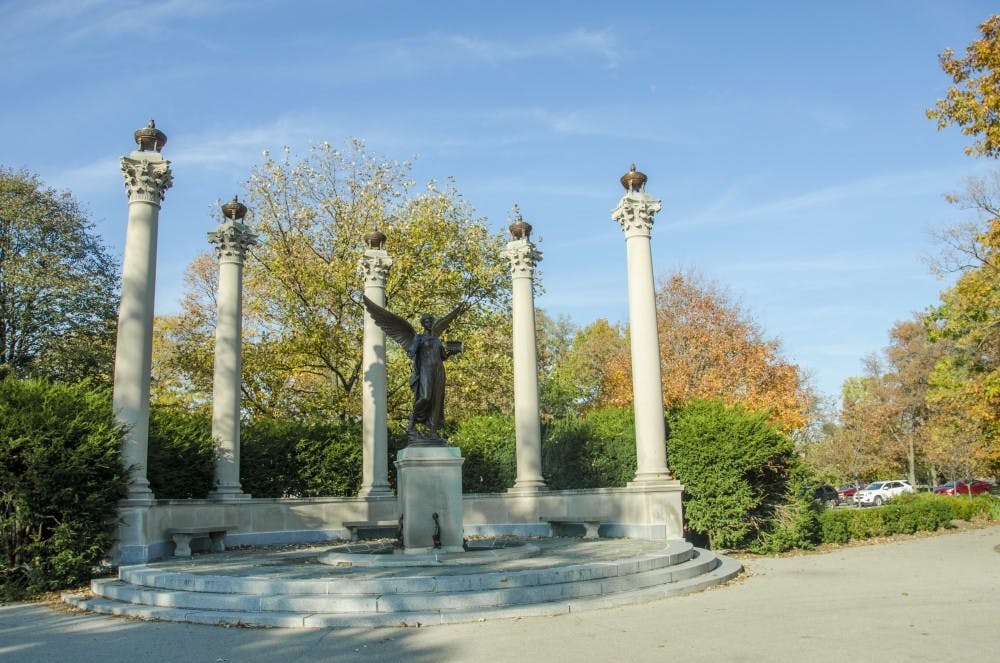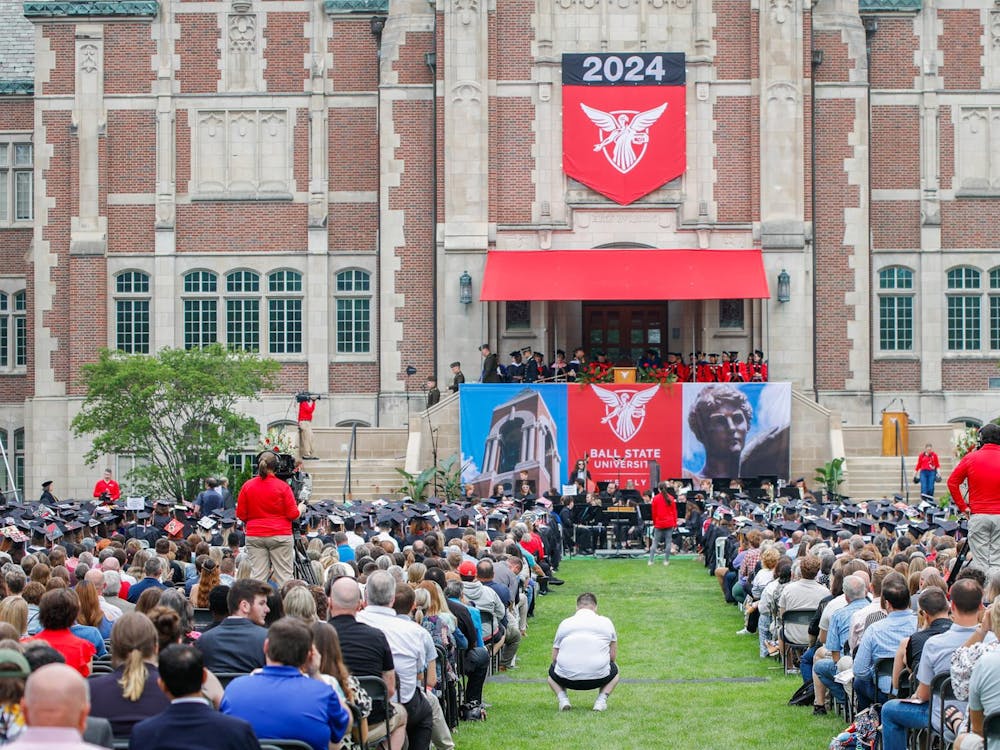According to the Multicultural Center, the total number of undergraduate and graduate minority students has risen 2.45 percent since spring of 2015.
Students lined the hallways of the L.A. Pittenger Student Center Wednesday night ready to talk about a big topic at Ball State – diversity.
The annual Beneficence Dialogue, hosted by the Council on Diversity and Inclusion and the Student Government Association, aimed to start conversations in groups about what the university needs to do to create a more welcoming, inclusive atmosphere.
“I think it’s very important to have people actually involved in groups small enough that they can contribute and can’t hide,” interim president Terry King said. “So when you’re in a big auditorium, you don’t have to participate. You can just sit there and be passive. This is forcing everybody to contribute some thoughts and ideas and also receive some thoughts and ideas from others.”
The night started with an update from the Multicultural Center, setting the stage for other speakers to give updates, as well. Improvements in diversity awareness for faculty, new programs regarding bias awareness and the implementation of diversity-centered questions into interviews for potential new hires at the university were all discussed during the presentations.
Gabby Lloyd, SGA secretary of diversity, also gave updates on projects developed from discussions in the SGA open forum that occurred earlier in the year.
One of the new initiatives includes a program allowing students to have lunch with an administrator that will launch within a few weeks. The program was created in response to students feeling distant from their administrators at the time of the open forum, and this way, Lloyd said, students can have direct access to their administrators in a non-confrontational environment.
After the presentations, students were then allowed to guide discussions about race and inclusiveness in groups, talking with other students and faculty present at the dialogue.
One big topic discussed came from the Multicultural Center. According to the center, the total number of undergraduate and graduate minority students rose by 2.45 percent since spring of 2015. Though there is progress, senior criminal justice major Justin Miti does not think Ball State’s work is done.
“Them coming out here, them making sure that things are being done the way they want them to be — I feel like that’s great because it shows they actually care,” Miti said. “I don’t want this to be another thing that Ball State does merely to fix their image.”
Becca Musal,
“Diversity to me means that there is no such thing as marginalized voices,” Musal said. "Everybody feels like their voice is just as important as the person next to them."
Musal also said the inclusive mix of students at each table made for multiple points of view regarding questions of race and how it is perceived.
“We have a lot of people that otherwise probably wouldn’t be in the same room just
At each table, pieces of white butcher paper were left for students to record the main points of their discussions. After the event was over, members of the Council on Diversity and Inclusion took the papers with them to review and discuss later.
For more information on how to keep the dialogue going on campus, students are encouraged to visit the Multicultural Center.





